
Pin by Ed Haas on Siberian huskies in 2020 Dog face, Aggressive dog
Huskies are pack animals with a high prey drive. With a lack of training, exercise, and mental activity, a husky might become destructive. If they are not exposed to other animals from a puppy, they might show aggression to small animals. With proper training, this can be avoided. Huskies are generally family dogs who get along with most people.

An Aggressive Husky with Blue Eyes Tries To Attack a Passerby
The most common forms of aggression are Dominant, Territorial, and Predatory Aggression. Some dogs also show Fearful and Possessive Aggression. And some dogs can have more than one type of aggression. It becomes very important to recognize the differences so that you can know the best method of working with your Husky's particular type of.

Aggressive Husky Dog Tries Bite Stock Photo 1287790945 Shutterstock
Rage syndrome. This type of husky aggression is caused by severe pain or trauma in your husky's past that triggers an overwhelming fear response when confronted with the same situation in the future. You may have heard about rage syndrome from stories about huskies and other dogs who bite their owners or children.
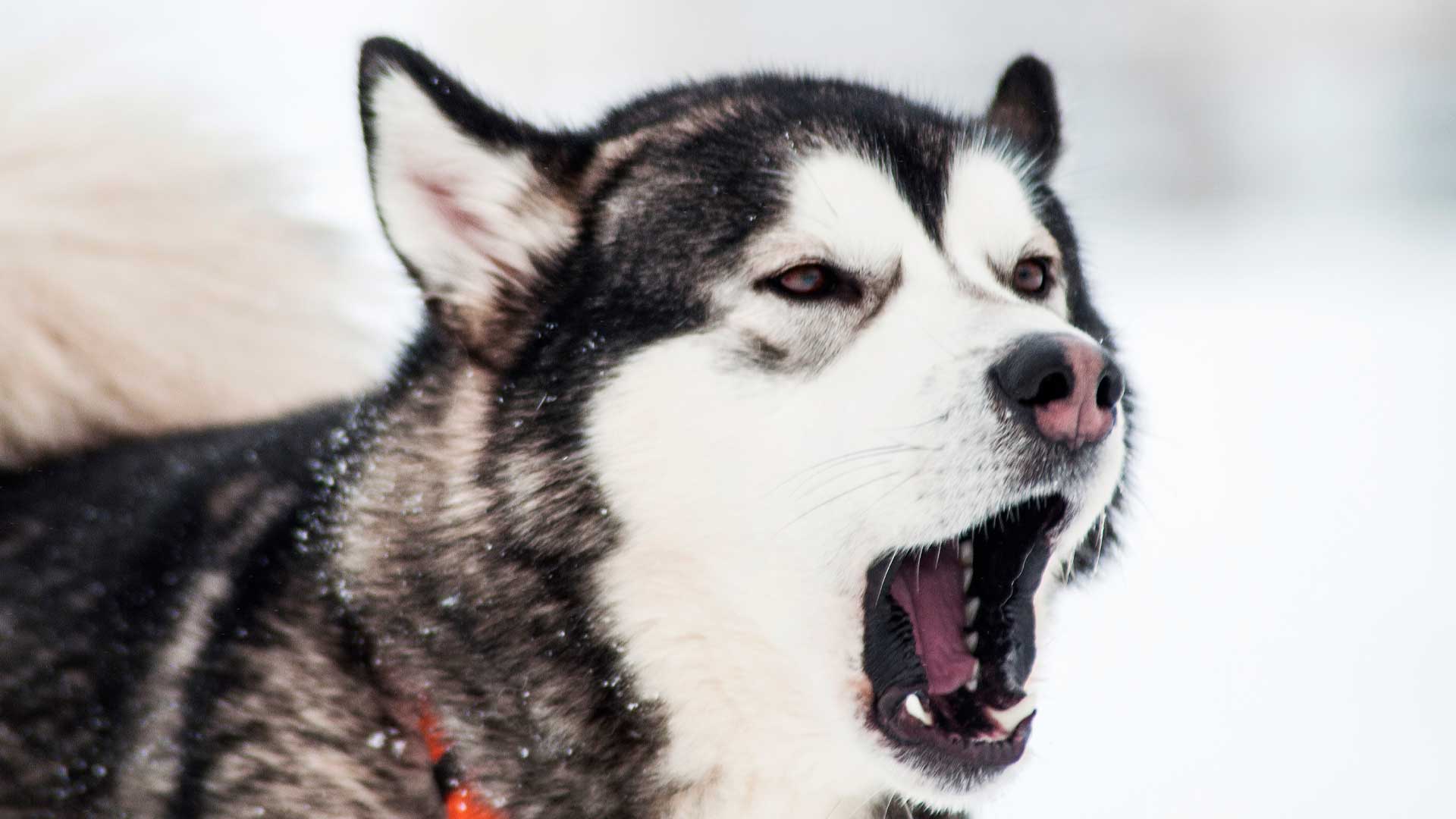
Are huskies aggressive? [2023 Updated Explanation]
In the right hands, these dogs can make fantastic companions, but before you take the plunge, here are five things to consider…. 1. Are you active enough? All dogs need exercise, but sled dogs are super active. Huskies, malamutes and utonagans have lots of energy and stamina because of the jobs they were selected to do - for example huskies.

Siberian Husky With Dangerous Pose Stock Photo Image 41645542
No, huskies are not aggressive. According to CDC's data collected between 2005 and 2017, huskies are responsible for 13 human fatalities which are only 3% of the total fatalities caused by dog bites. Huskies are good-natured but, just like any other dog breed, they tend to be good or bad depending on how they're being treated.
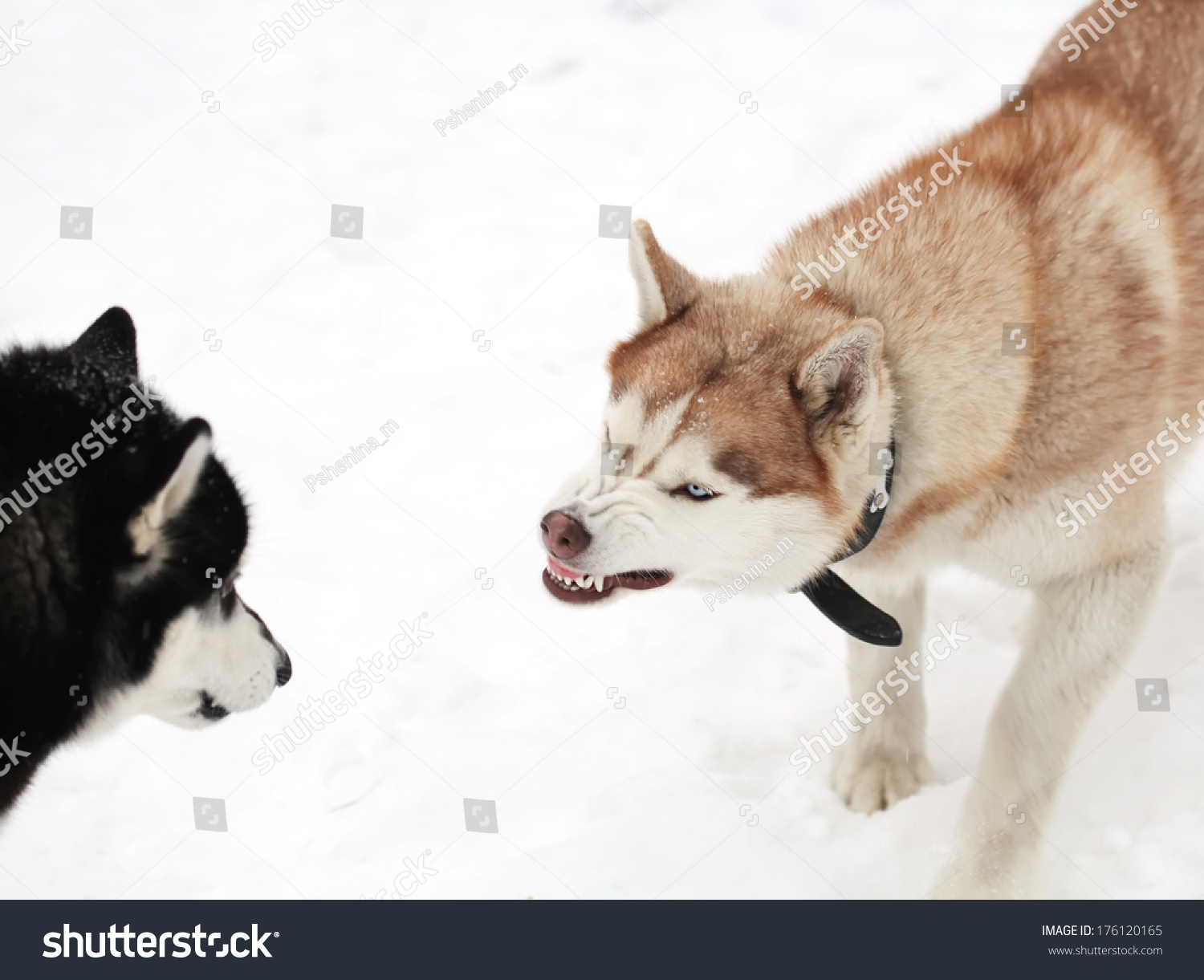
Angry Siberian Husky Dog Winter Portrait At The Time Of The Fight
The Husky temperament is intelligent, playful and very friendly. They are known for their good nature as well as their love of people and they make loyal companions for people with active lifestyles. Huskies crave company and love nothing more than spending as much time as possible with their owners. They have a great sense of humour that comes.
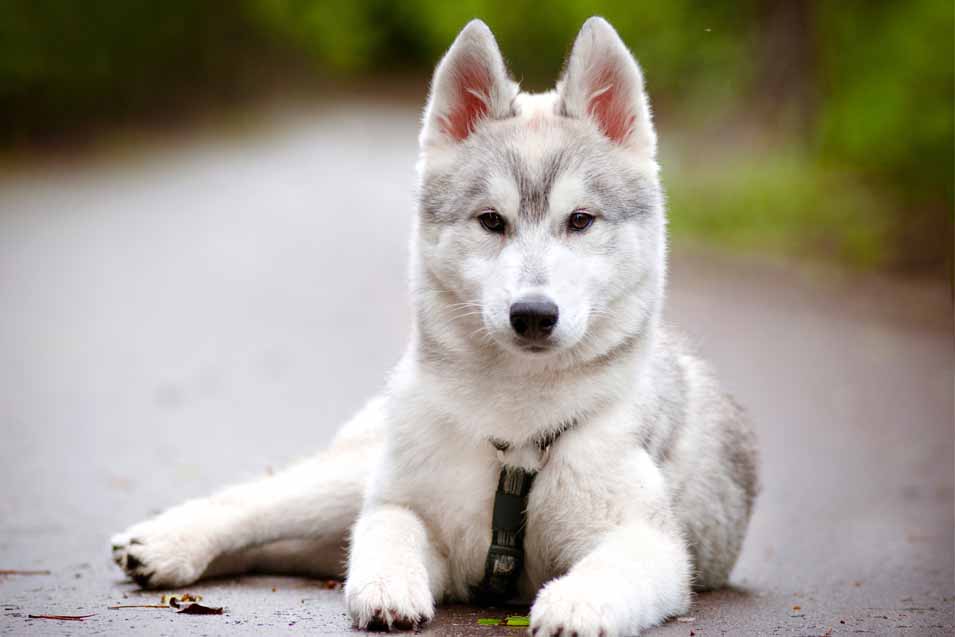
Top 10 Most Aggressive Dog Breeds Pet Friendly House
Keep in mind that Huskies are not inherently aggressive dogs. But there is a difference between aggressive personalities and aggressive behaviors. Jumping on the fragile is definitely an accident or mishap waiting to happen, especially with a dog as large as the Husky. 2. The energetic Husky is easily excitable.

Dog featuring adorable, aggressive, and anger Siberian husky
If your Husky initiates a cuddle, you can give it a cookie. If they come to you first, reward them with belly rubs. Don't rush the process. Building and earning their trust takes time. Let your Husky know and feel that they are safe with you. #3: Aggression leads to aggression. You're walking your dog when your Husky starts growling and.

¿Los Huskies Son Peligrosos? Prevenir Comportamientos Agresivos de
How to deal with an aggressive Husky. 1. Control and management. Control and manage your dog's environment to the best of your ability so as to not let your dog come face to face with their triggers. The more your dog displays aggression, the better he gets at it. This is the first step towards behavior modification.
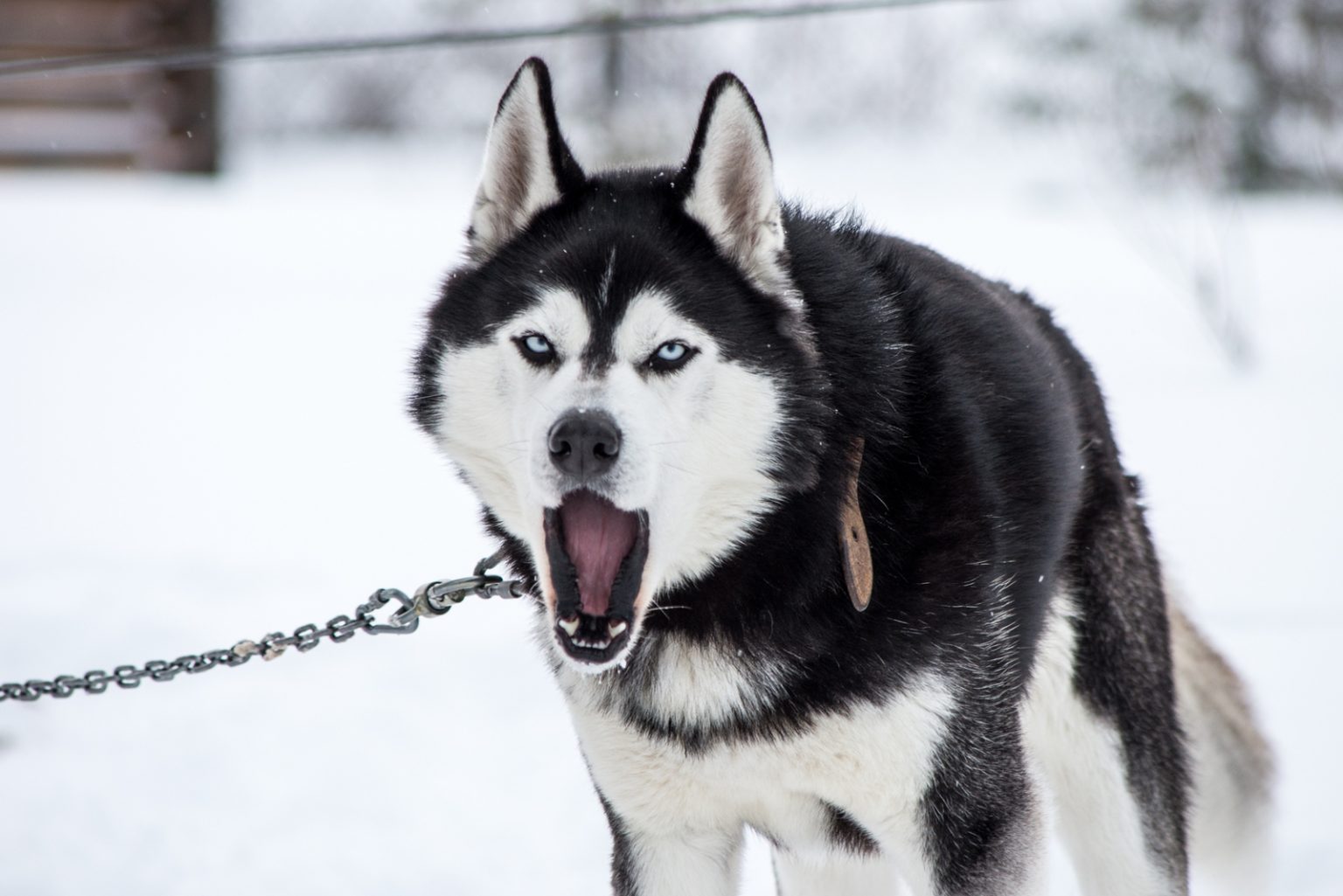
Are Huskies Aggressive? Dogs' Behavioral Issues Explained
The process involves introducing the source. 2. Training Commands and Obedience. When dealing with an aggressive husky, it is important to start off with basic obedience commands and techniques. Commands such as "stop", "down", "sit", "no", and "come" should be taught and reinforced through positive reinforcement.
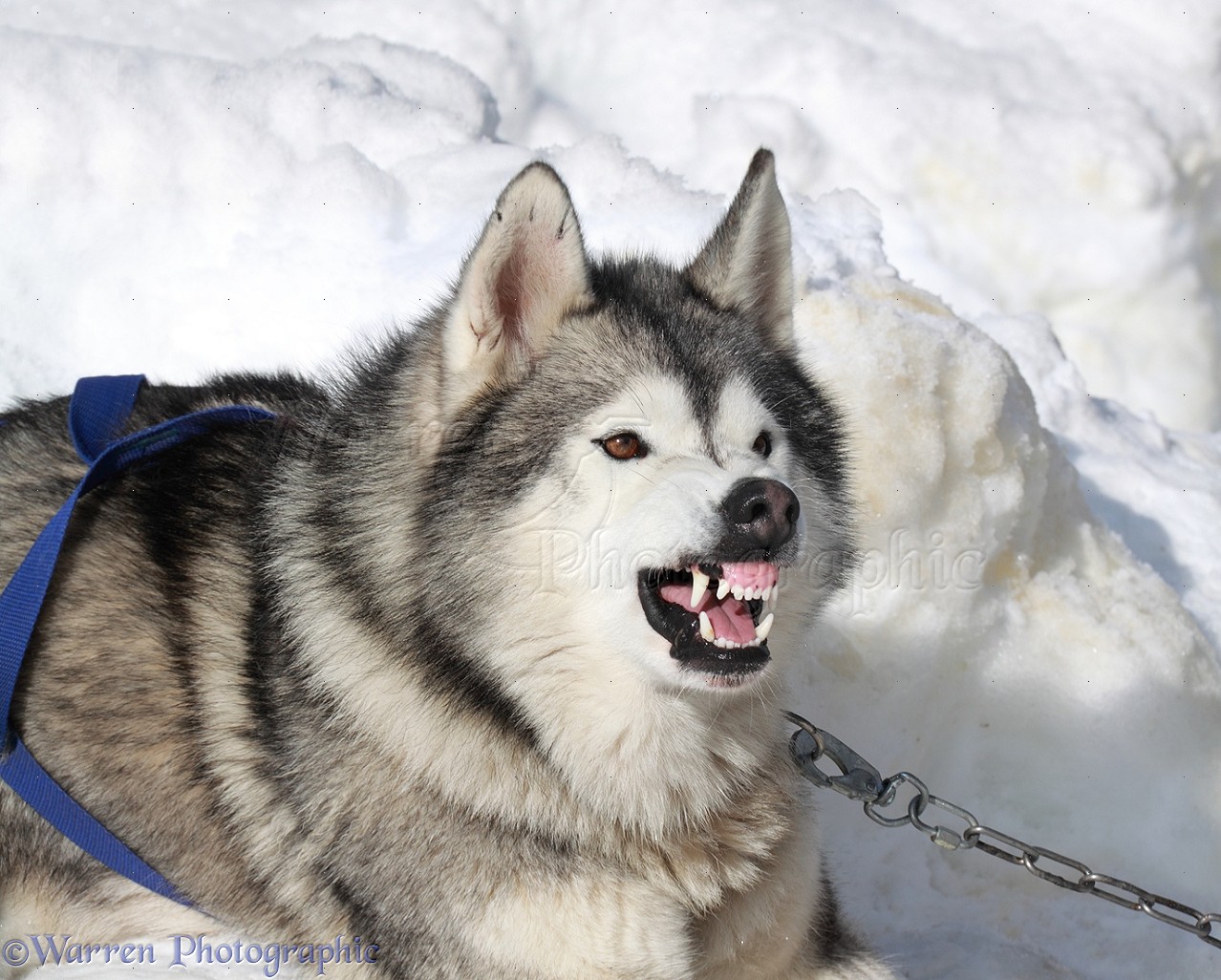
Dog Aggressive Husky bearing teeth and snarling photo WP37775
If your husky is not currently getting that much exercise then it would help to make sure that it does. A lack of socializing when younger. If your husky did not get to socialize much when it was a puppy then it might not have been able to learn to trust certain people and dogs. This would be more likely if it tends to be aggressive towards.
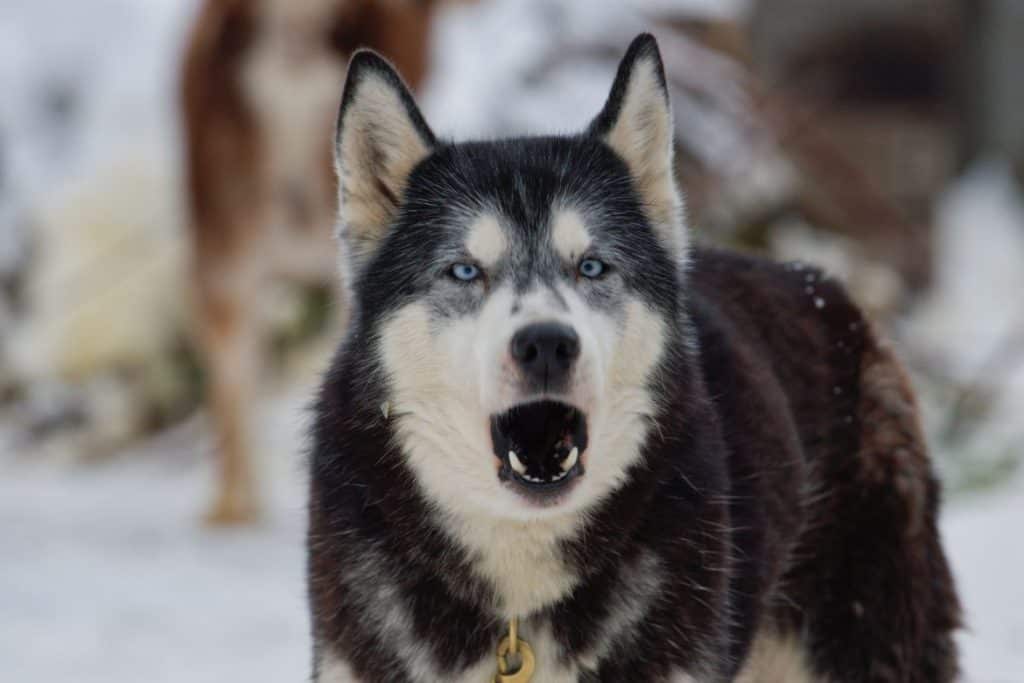
Why Is My Husky Aggressive?
Behaviour displayed by aggressive dogs include: Rigid postures, erect ears and tail, piloerection of hair (raising of the hackles). Growls, snarls or deep chesty barks. Lunges with or without bites. Bites ranging from snaps, nips, to skin puncturing bites. Mouthing to control a person and their movements.

Husky attacks — Stock Photo © skvortsova 57650507
Dominant aggression occurs when dogs seek to control their environment, including the people and other animals in it. Common signs of dominant aggression include mounting people and other animals, refusal to obey commands, and more aggressive displays such as growling, snapping, and biting. Dogs who feel they have power over humans and other.

Why Is My Husky So Aggressive? Husky
If it is impossible to completely remove your pup from the circumstances that bring out the worst in him, try and overcome his instinct to be aggressive through positive reinforcement. When your Husky starts acting aggressively, use a low, firm 'no', along with his name. Wait until your Husky calms down, then reward him.

Angry siberian husky dog winter portrait Stock Photo Alamy
The "typical" well-trained Husky is not known to be aggressive. They are known for being a lighthearted and playful pal. The AKC states that a Husky does not have any qualities to be a guard dog. This is because they are not suspicious dogs. They are also not known for being aggressive towards other dogs or humans.
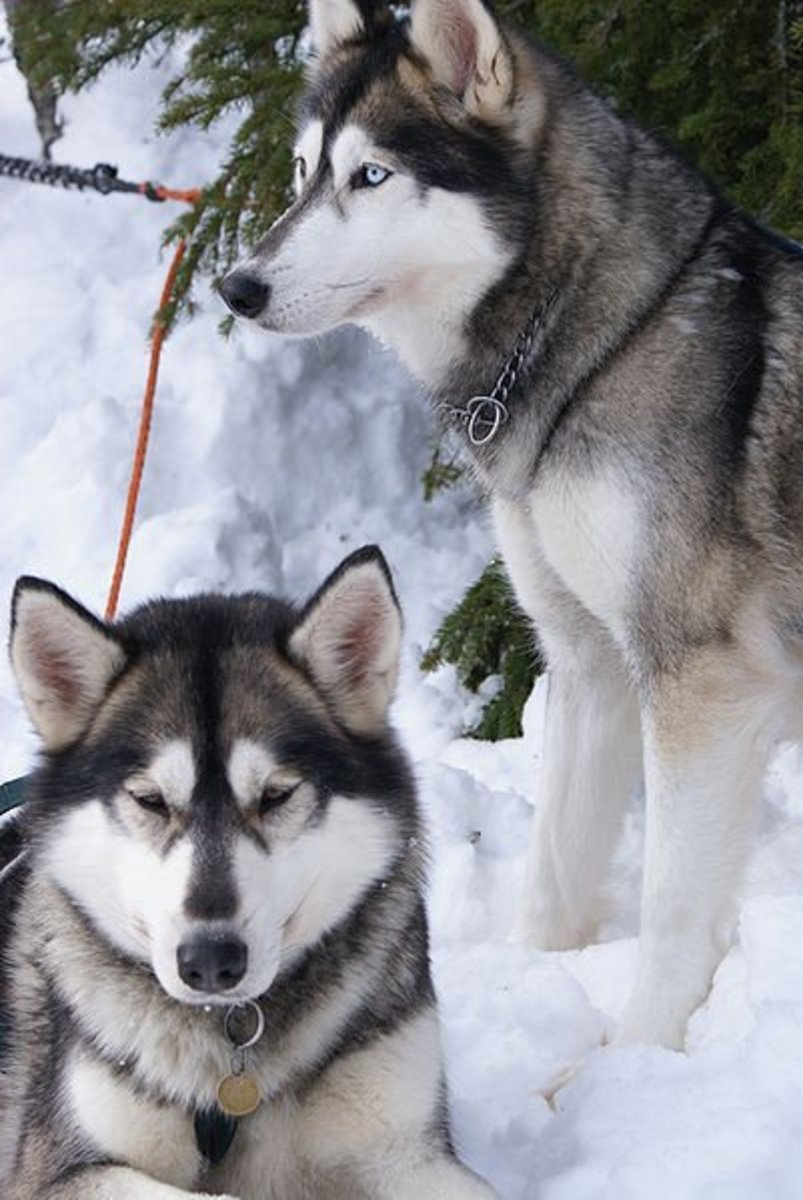
The Most Dangerous and Aggressive Dog Breeds PetHelpful
Dominance. Dominant dogs like to feel in charge at all times. They're likely to ignore your instructions and will resist any attempts you make to impose some kind of control over them. Snaping, growing, biting, and mounting other dogs and people are all ways a dominant dog will try to exert their authority.